Saturn V NASA Moon Rocket with Shuttle Orbiter
Production Time 9 to 10 weeks
Shipment is by FedEx, UPS or DHL International Express Courier with a normal door-to-door delivery time worldwide of within 2-3 business days after dispatch. Due to the current volatility of world fuel prices, the amount mentioned here is our best estimate for DHL and UPS and may be subject to change at the time of shipping.

Model Description: Saturn V NASA Moon Rocket with Shuttle Orbiter Wood Replica Scale Custom Model
Scale: 1:256
$295.00
Production Time 9 to 10 weeks
-
United States dollar ($)
-
Pound sterling (£)
-
Euro (€)
-
Australian dollar ($)
-
Canadian dollar ($)
-
Singapore dollar ($)
-
Swiss franc (CHF)
-
Japanese yen (¥)
-
Danish krone (kr.)
-
Hong Kong dollar ($)
-
Norwegian krone (kr)
-
Swedish krona (kr)
-
United Arab Emirates dirham (د.إ)
General Product Description
Our PlaneArts Saturn V NASA Moon Rocket with Shuttle Orbiter model exhibits unique, unrivaled quality and detailed design to come as close as possible to the accuracy of the actual plane. It comes as standard with a robust, durable base or stand which is available in a variety of different finishes designed to match your own personal requirements including solid wood, wood with polished metal supports or adjustable wood wall mount and will be ready within about 9-10 weeks from placement of order.
The Saturn V NASA Moon Rocket with Shuttle Orbiter is made of the finest kiln dried renewable mahogany wood (commonly known as Lauan or Meranti) which has undergone many stages of carving and meticulous and careful sanding giving the beautiful, finished museum quality masterpiece. Many collectors and model connoisseurs demonstrate their preference for genuine handmade and hand painted mahogany wood models rather than plastic or die cast (diecast) alternatives due to the overall look and totally different feel of the item - we trust you will find the same. We can however, if required produce the same model in Solid Cast Resin so just click and contact us for further information. Our craftsmen and gifted artisans ensure that our finely handcrafted model air and spacecraft match the precise blueprint details of the original version. The paint scheme, markings and parts are closely matched, reflecting the original craft. This stylish top-quality desktop replica model will surely enthrall anyone who receives this as a gift and for sure one of the most appropriate and desirably collectable gifts for every Space or Science Fiction enthusiast and avid Spaceship or Scifi collector whilst also displaying a perfect resemblance to the actual Saturn V NASA Moon Rocket with Shuttle Orbiter model.
If you require, we can also make the Saturn V NASA Moon Rocket with Shuttle Orbiter model in any other markings, livery or colour scheme you require and if necessary, in a different size or scale. Just click here to contact us with a description or photographs of what you require, and we will let you have a quotation for the necessary customization by return email. We can also make bespoke scale replicas of any other private / civil commercial airliner or airliners, helicopter, glider, gliders with engines, military jet, warplane jets, propeller warplanes, biplane, triplane, tail fin, spacecraft, rocket or NASA model you require in any airline, military or civilian livery or colors. We also produce Gerry Anderson models, model airship, blimp, dirigible, blimps, boat, and ship collectibles. Wall plaque or seal for military, government or private customers. Wall plaque or seal for military, government or private customers. Again, by clicking here to contact us just let us know exactly what you need.
As you may or may not be aware the trade name and copyright permissions for this Saturn V Rocket aircraft are now under the ownership of the Boeing Company and as such, we are proud to be one of the very few international and fully licensed manufacturers of Boeing solid mahogany wood models. You may be interested to read more about the fascinating background to the famous aviation names now under the Boeing umbrella by clicking on the following “Officially Licensed Product” image below:
From Saturn V to Shuttle Orbiter: The Evolution of NASA’s Moon Rocket
In the annals of space exploration, few vehicles evoke as much awe and admiration as the Saturn V rocket. Standing as a towering symbol of human ingenuity and ambition, the Saturn V played a pivotal role in fulfilling one of humanity’s greatest dreams: landing on the Moon. However, as the years passed and space exploration advanced, the torch of innovation was passed to new technologies, leading to the development of the Space Shuttle Orbiter. Let’s embark on a journey through time to explore the evolution from the mighty Saturn V to the versatile Shuttle Orbiter.
The Saturn V: A Giant Leap
Conceived in the fervor of the space race, the Saturn V rocket was a marvel of engineering prowess. Standing at a staggering height of 363 feet (111 meters) and boasting a liftoff thrust of over 7.5 million pounds, the Saturn V was the largest, most powerful rocket ever successfully flown. Its mammoth size was matched only by its ambition: to carry astronauts beyond Earth’s orbit and onto the lunar surface.
Debuting in the 1960s as part of NASA’s Apollo program, the Saturn V achieved unparalleled success, culminating in the historic Apollo 11 mission in July 1969, when astronauts Neil Armstrong and Buzz Aldrin became the first humans to set foot on the Moon. Over the course of its operational life, the Saturn V would go on to launch a total of 13 missions, leaving an indelible mark on the landscape of space exploration.
The Shuttle Orbiter: A New Era of Space Transportation
As the Apollo program drew to a close, NASA set its sights on a new vision for space exploration—one that emphasized reusability and versatility. Enter the Space Shuttle Orbiter, a revolutionary spacecraft designed to ferry astronauts and cargo to and from low Earth orbit with unprecedented frequency.
Unlike the expendable Saturn V, the Shuttle Orbiter was designed to be partially reusable, with its orbiter and solid rocket boosters capable of returning to Earth intact for refurbishment and reuse. This groundbreaking approach promised to drastically reduce the cost of space travel while increasing the accessibility of space for scientific research, satellite deployment, and international cooperation.
Debuting in 1981 with the launch of STS-1, the Space Shuttle program would go on to achieve numerous milestones over the course of its 30-year operational life. From deploying satellites and conducting groundbreaking scientific experiments to constructing the International Space Station (ISS), the Shuttle Orbiter solidified its place in history as a versatile workhorse of space exploration.
Honoring the Past, Embracing the Future:
While the Saturn V and Shuttle Orbiter represent distinct chapters in the story of space exploration, their legacies are intertwined in the shared pursuit of pushing the boundaries of human knowledge and capability. The Saturn V laid the foundation for humanity’s first steps beyond Earth, while the Shuttle Orbiter ushered in a new era of accessibility and collaboration in space.
As we look to the future, with plans for returning to the Moon and venturing beyond to Mars, we honor the legacy of these iconic spacecraft while embracing the spirit of innovation that drives us ever onward. Whether through towering rockets or sleek orbiters, the quest to explore the cosmos remains an enduring testament to the boundless curiosity and determination of the human spirit.
| Weight | 6 kg |
|---|---|
| Dimensions | 17 in |

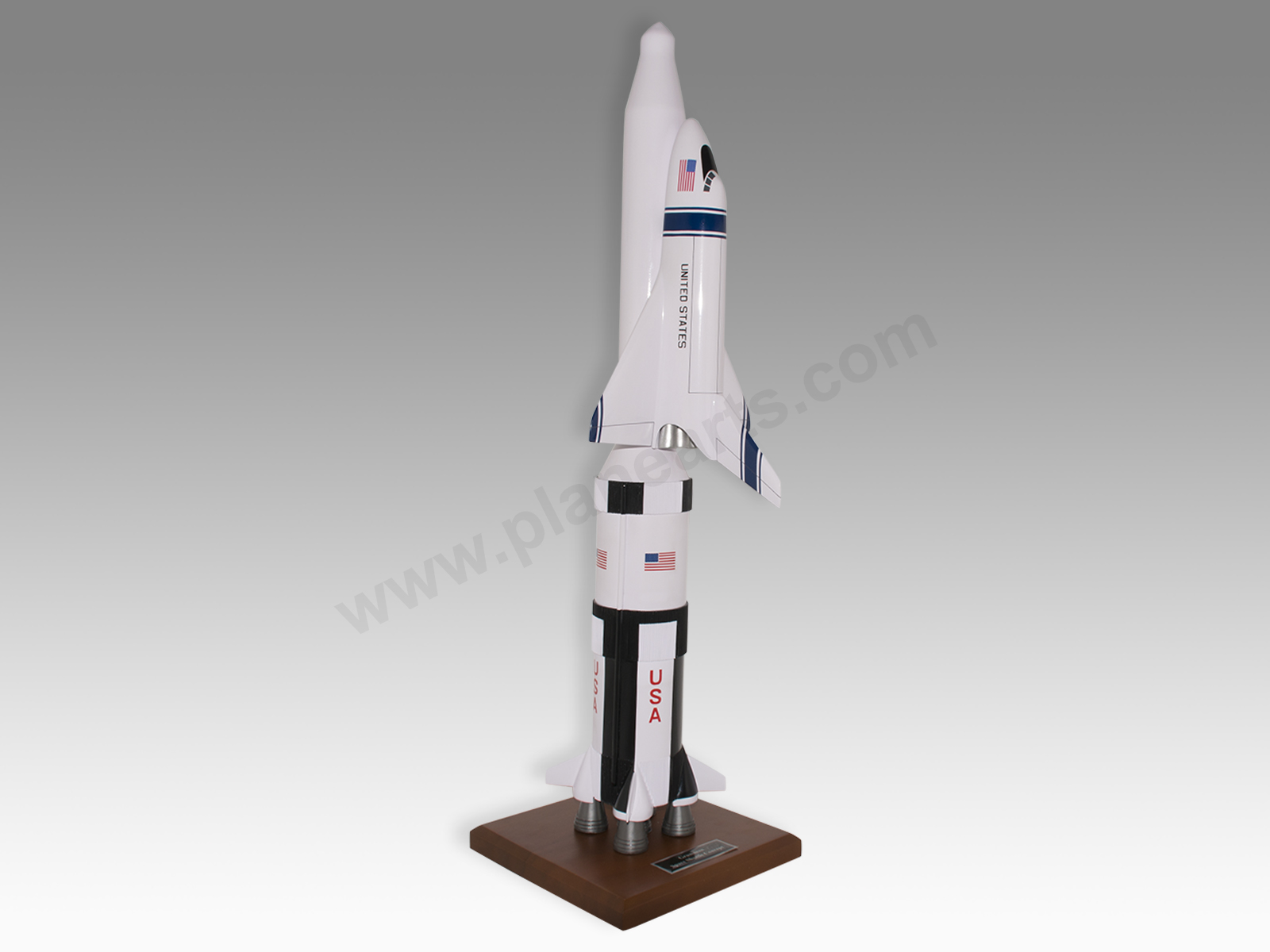
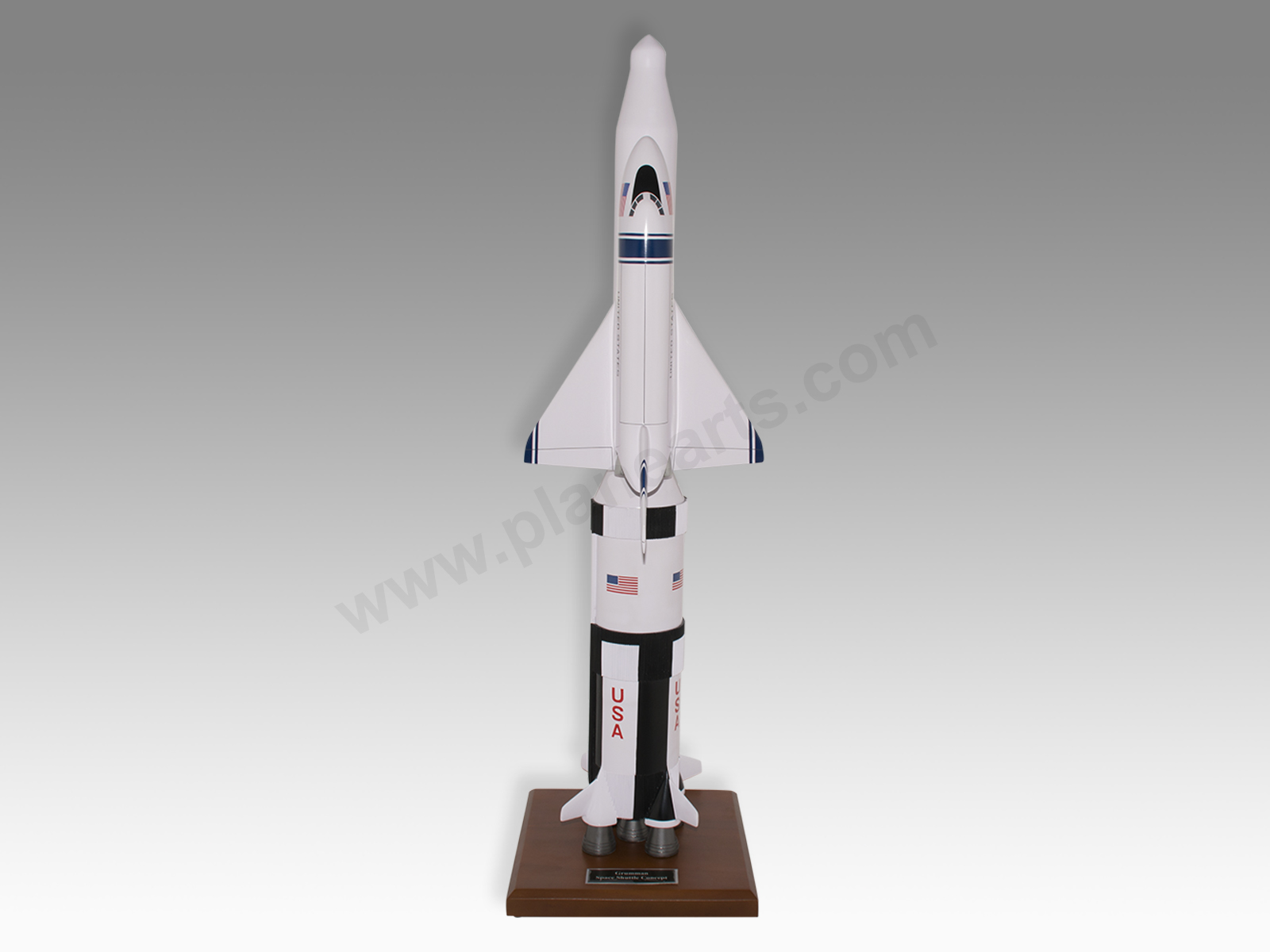


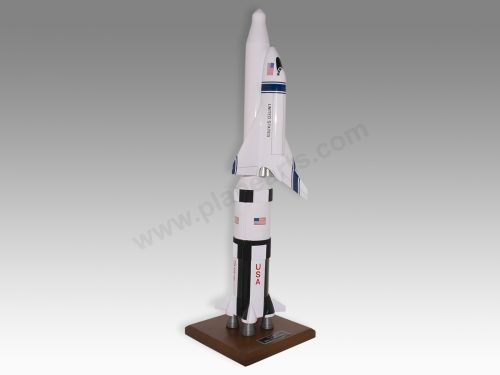
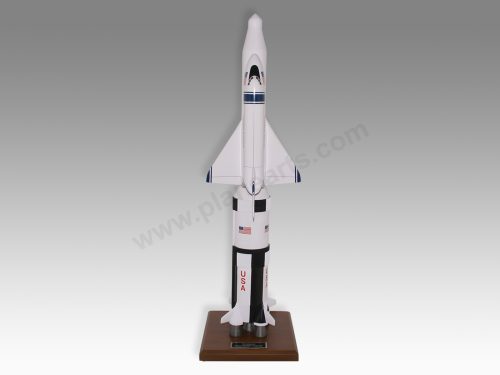
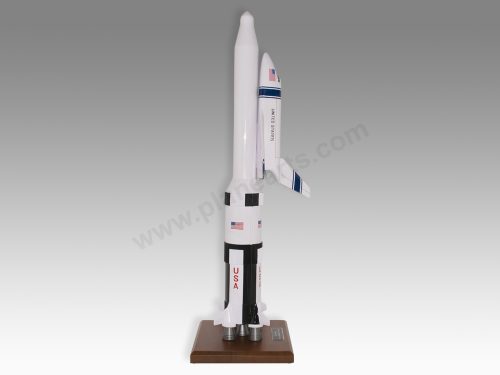


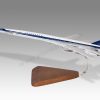
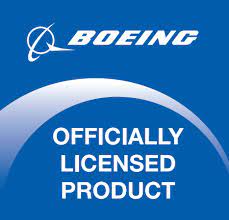
Reviews
There are no reviews yet.